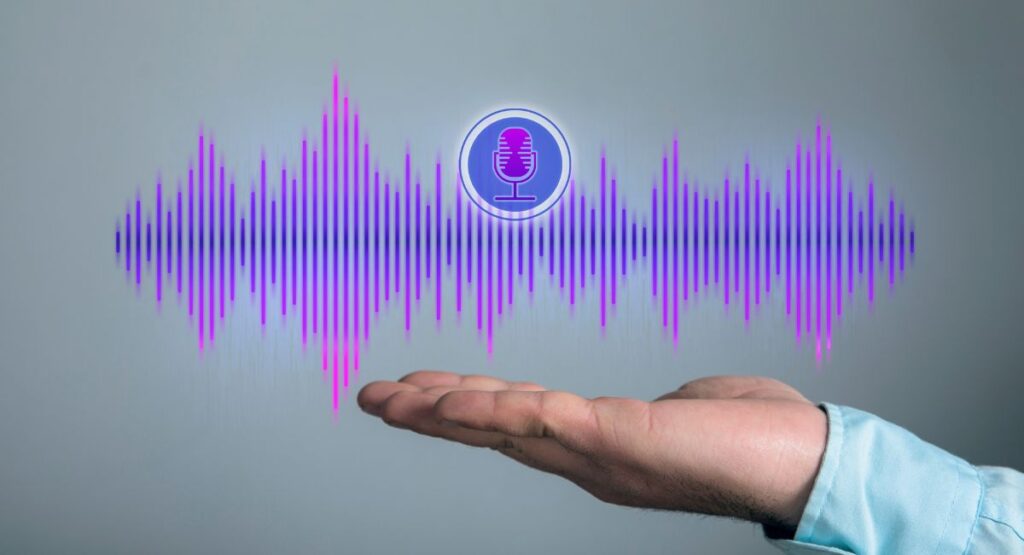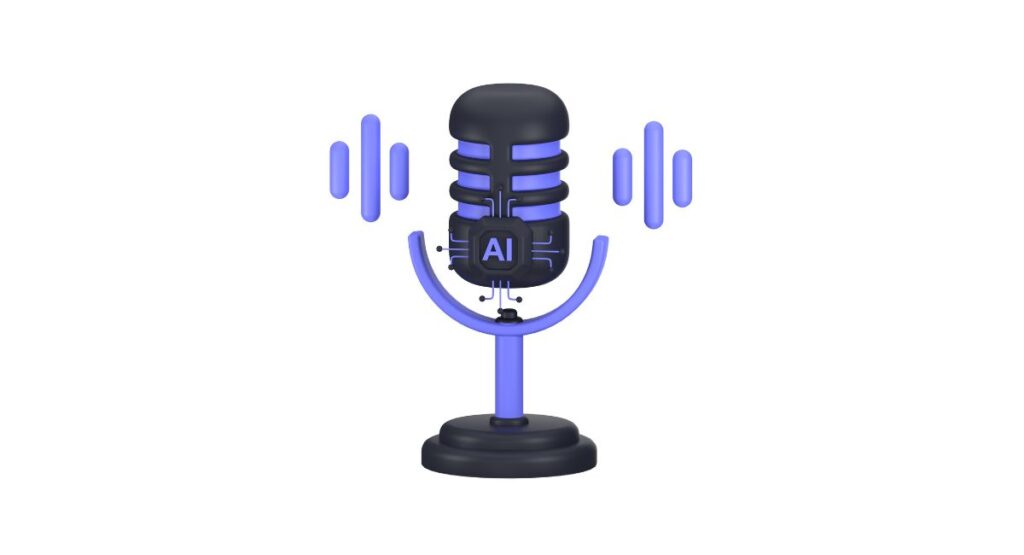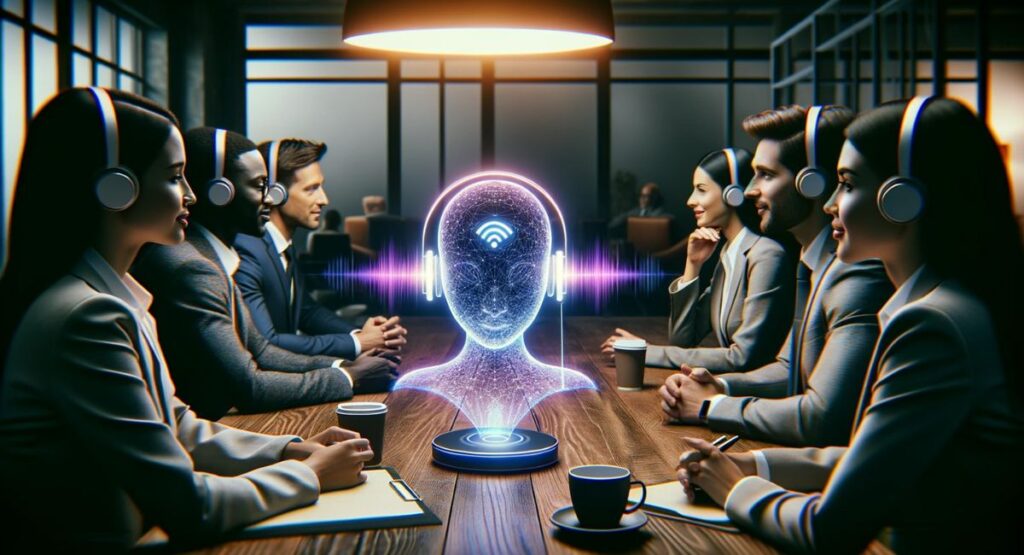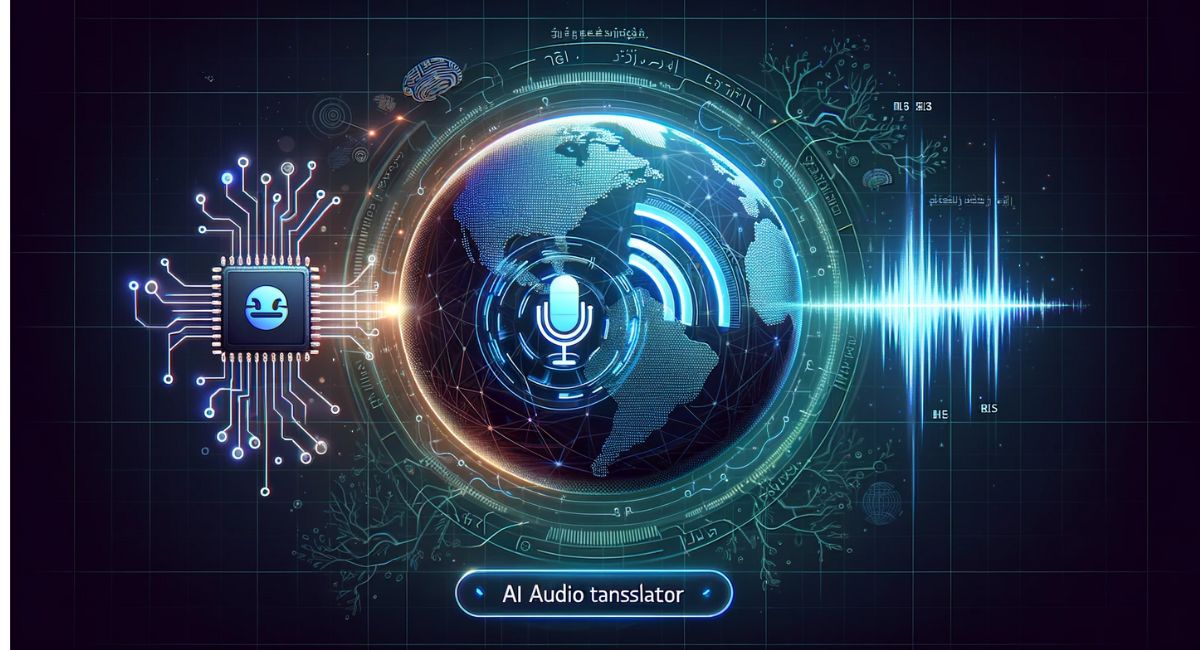In an increasingly interconnected world, where communication knows no borders, the need for effective language translation has never been greater. Enter the AI audio translator, the cutting-edge technology that is revolutionizing the way we bridge linguistic divides. This article delves into the fascinating world of AI audio translators, exploring their capabilities, applications, and the impact they are making in various domains.
Table of Contents
The Rise of AI Audio Translators
AI audio translators have evolved from AI text translators and speech recognition technology. The first speech recognition technology was built in 1952 by Bell Labs, called “Audrey.” This technology could understand spoken numbers (from zero to nine) with about 90% accuracy.
Next, in 1962, IBM created a machine called the “Shoebox.” The Shoebox technology was able to understand 16 words spoken in English. During this time, the Russians also developed an algorithm that could recognize 200 words. These technologies were founded on pre-recorded speech.
Then, in the 1970s, the US Department of Defense funded a program at Carnegie Mellon University. They developed technology named the “Harpy,” which could recognize sentences and had a vocabulary of 1000 words.
In the 1980s, IBM developed a voice-activated typewriter called the Tangora. This device was used for statistical predictions for word identification.
The first text-to-speech tool for customers debuted in 1990. This was the Dragon Dictate software. The software is still used today—you may know this tool by the name Dragon Naturally Speaking.
Through the years, text-to-speech tools have drastically improved, especially with high-speed Internet and cloud computing advancements. Today, AI has improved text-to-speech yet again, with businesses starting to adopt the technology to benefit their bottom lines.
Understanding AI Audio Translators

The core functionalities of an AI audio translator are based on the following technologies:
Speech Recognition
Speech recognition technology recognizes words and content in audio. Accuracy is ensured by training the AI model to identify each word in the audio. Next, the technology converts the audio into text. Then, the AI must use predictive modeling to determine the meaning of the words used in the audio.
Once completed, the AI uses natural language processing (NLP) on the audio. NLP analyzes the data and improves the accuracy of language recognition.
While this sounds like a lengthy process, most AI audio translators can get the work done faster than a human translator.
What about real-time audio translation? Real-time audio translation technology can translate words from one language to another instantly. This process uses neural machine translation (NMT) technology, allowing two people to speak together in different languages simultaneously. There’s little lag time in the conversation, and the accuracy rates of the translations are very high.
Application Across Industries
The advantages of real-audio translation technology are seen in several industries, including the following:
Hospitality
The hospitality industry offers its customers a wide range of services, including food & beverages, lodging, and more. Businesses in this industry are relying more on AI audio translation tools to improve customer service and increase customer satisfaction.
Business
Businesses are also turning to AI audio translation tools. They are becoming dependent on AI translation tools to reach new markets, make business deals, and more. Language barriers are instantly broken down with AI audio translation technology.
Education
Education is another industry increasingly relying on AI audio translation technology. These tools are beneficial to international students and students learning a new language. In addition, educators find it much easier to teach their international students and help them fit into their new country.
Healthcare
AI audio translation tools are also exceedingly valuable in the healthcare industry. Healthcare workers don’t always know multiple languages, and there may not be a healthcare worker available when a certain language is needed. This is where AI audio translation technology comes into play.
The technology helps in situations when a foreigner is hurt or sick and requires medical care. There’s no need to wait for a human translator. Instead, the AI audio translator can help healthcare workers communicate with the patient and begin treatment right away. Many lives can be saved using this technology.
What about real-world examples of this technology in use? Spotify is set to use AI audio translation technology to reproduce their podcasters’ voices and translate them into other languages. Spotify is a digital music streaming service that’s popular around the world. The service not only offers a huge library of music, but also offers a wide range of podcasts to listen to.
The company recently announced that it would use AI to translate audio podcasts into other languages using the host’s voice. They will not dub podcasts using actors for the host’s voice. This will allow Spotify’s podcasts to reach a larger number of people in their native languages and keep the host’s voice authentic.
As AI audio translation technology matures, more businesses will follow Spotify’s example.
Read also : The Unseen Powerhouse: Audio Transcription
Advantages of AI Audio Translation

AI audio translation technology brings many benefits to businesses, including the following:
Improved efficiency: large amounts of data can be translated quickly.
Consistency: AI translation tools offer consistent translations and can easily handle a large volume of complex (or easy) content.
Cost savings: AI translation tools are cost-effective because translations require less time and resources, allowing human translators to improve their efficiency and handle larger volumes of content.
Accuracy: AI translation technology offers accurate translations, as they can access dictionaries, glossaries, and translation memories.
Accessibility: AI audio translation tools also make services more accessible to those with disabilities. Some of the main benefits for these people are found in healthcare and education uses of these AI tools.
Multilingualism: AI makes it easier for businesses to rapidly develop multilingual applications and services for target markets around the globe.
As AI technology continues evolving, it is increasingly used for AI audio-to-text translation services. In the next section, we’ll discuss how an AI audio translator works and the technology used for audio-to-text translations.
AI audio translation tools work to break down barriers, too. They make it easier for teams around the world to collaborate more closely together. The technology also enhances customer care and more. AI audio translation tools perform all of these tasks, enhancing business communication and facilitating cross-cultural understanding for people throughout the world.
Challenges and Future Trends

While AI sounds like the cure for all language issues, there are, of course, certain issues that AI audio translators face. Some primary considerations include the following:
Accuracy and bias: these are two of the primary considerations that go with AI translation tools. It’s a known fact that AI tools can include inaccuracies and bias. It all depends on the data used to train the AI models. If the training data contains bias and inaccuracies, these issues could arise in translations done by the AI audio translation tool.
Privacy and security: AI translation tools also deal with sensitive, confidential information for individuals and businesses. It’s essential to ensure the data is protected and secured from hackers. Security measures must be robust to protect against data breaches and other issues. In addition, all data must be collected and processed according to relevant privacy laws.
Intellectual property: AI technologies are sometimes used to translate copyrighted materials. So, it’s crucial to ensure these tools are not used to infringe on intellectual property rights. In addition, AI audio translation tools must also comply with relevant copyright laws, and the necessary permissions must be obtained regarding copyrighted materials.
Transparency and accountability: the use of AI audio translation tools should also be transparent. It’s necessary to provide clear information on how the tool is used, what data is collected, and the right way to address concerns or complaints that may come up through the use of these AI tools.
These are some of the primary considerations that come with using AI audio translation tools. These issues must be addressed, and it’s also necessary to ensure the technologies are used responsibly. But how will these tools be used in the future?
AI audio translation tools are rapidly advancing, with many exciting developments ahead. Some of these advancements include the following:
Better accuracy: AI audio translation tools will continue to be developed and refined. One of our main predictions is for higher accuracy levels in the translations produced by the technology. Improved accuracy will be achieved by improving algorithms and training data and through improvements in machine learning and NLP.
More languages: these tools can already translate many languages; however, more languages will be added as we move into the future. With more languages to offer, we expect to see more accessible communication and understanding across a broader range of languages and cultures.
Improved customization: another future development we expect to see in AI audio translation tools is improved customization. Users will be able to customize translations to their unique needs and preferences. The result will be businesses and individuals that can more effectively communicate with their target audiences, with an increase in accuracy.
Integration with other technologies: AI audio translation tools will have the ability to be integrated with other technologies, such as augmented reality and more. The effect will be more immersive and interactive experiences for tech users, allowing people to communicate more effectively with others around the world.
Improved user interfaces: another development we see just over the horizon is AI translation tools that are more user-friendly and accessible. This will make it easier for all people to communicate with others around the globe.
The future is bright for AI audio translation tools. You can expect to see other developments in this area besides the ones we’ve just mentioned. AI technologies will continue to evolve and improve over time and better enable communication between different languages and cultures.
Case Studies
In this section, we present two case studies of organizations or individuals who have embraced AI audio translation successfully.
Amazon
Amazon is one of the world’s largest online retailers, as well as a cloud service provider. The company started as an online book sales company; however, Amazon changed into an Internet business by focusing on e-commerce, cloud computing, digital streaming, AI services, and more.
Amazon’s digital assistant uses AI to understand customer voice requests made to their digital voice assistant, Alexa. These voice requests can range from buying items on Amazon to turning on specific lights in their home. Alexa works through any device, including smartphones or Amazon’s proprietary Alexa-powered devices.
Baidu
You could say that Baidu is the Chinese equivalent of Google. The company is the most popular search engine in China. The company also offers other services, including maps, translation, and e-commerce. Baidu also offers a music streaming service and a mobile app marketplace.
The company uses artificial intelligence in many ways, including reading your books in the author’s voice. All of this is automated without the use of a recording studio.
The Human Element

While AI audio translators can almost work independently, the best way to utilize these tools is to use them in conjunction with humans. The reason is that AI tools are not perfect. Humans are needed to edit translations, ensure their accuracy and that the translations are free of errors, and check content for any inaccuracies or biases. Human translators also ensure that the translations are culturally appropriate, which cannot be done by most current AI translation tools.
Humans also have the linguistic expertise that AI tools lack regarding idiomatic expressions, language nuances, and more. In addition, human translators are also more creative and adaptable than AI-powered translation tools.
When used together, AI audio translation tools and humans make the best of both worlds. For instance, AI translation tools can deal with large volumes of data and content. This ability is essential when dealing with project timelines, as it would take a human translator much longer to translate such a vast amount of data.
On the other hand, human translators can enhance AI-created translations with their knowledge and linguistic experience. They also better understand cultural sensitivities, language nuances, and more that AI translation tools cannot yet understand.
Using AI audio translation tools together with human translators offers the best of both in the translation process.
Conclusion
AI audio translators are a testament to the incredible strides made in artificial intelligence. They are not just tools for language translation; they are bridges connecting people across the globe. As these technologies continue to advance, we can anticipate even more seamless and accurate communication, ultimately bringing the world closer together. The future is bright for AI audio translators, and their role in our interconnected world is only set to expand.
